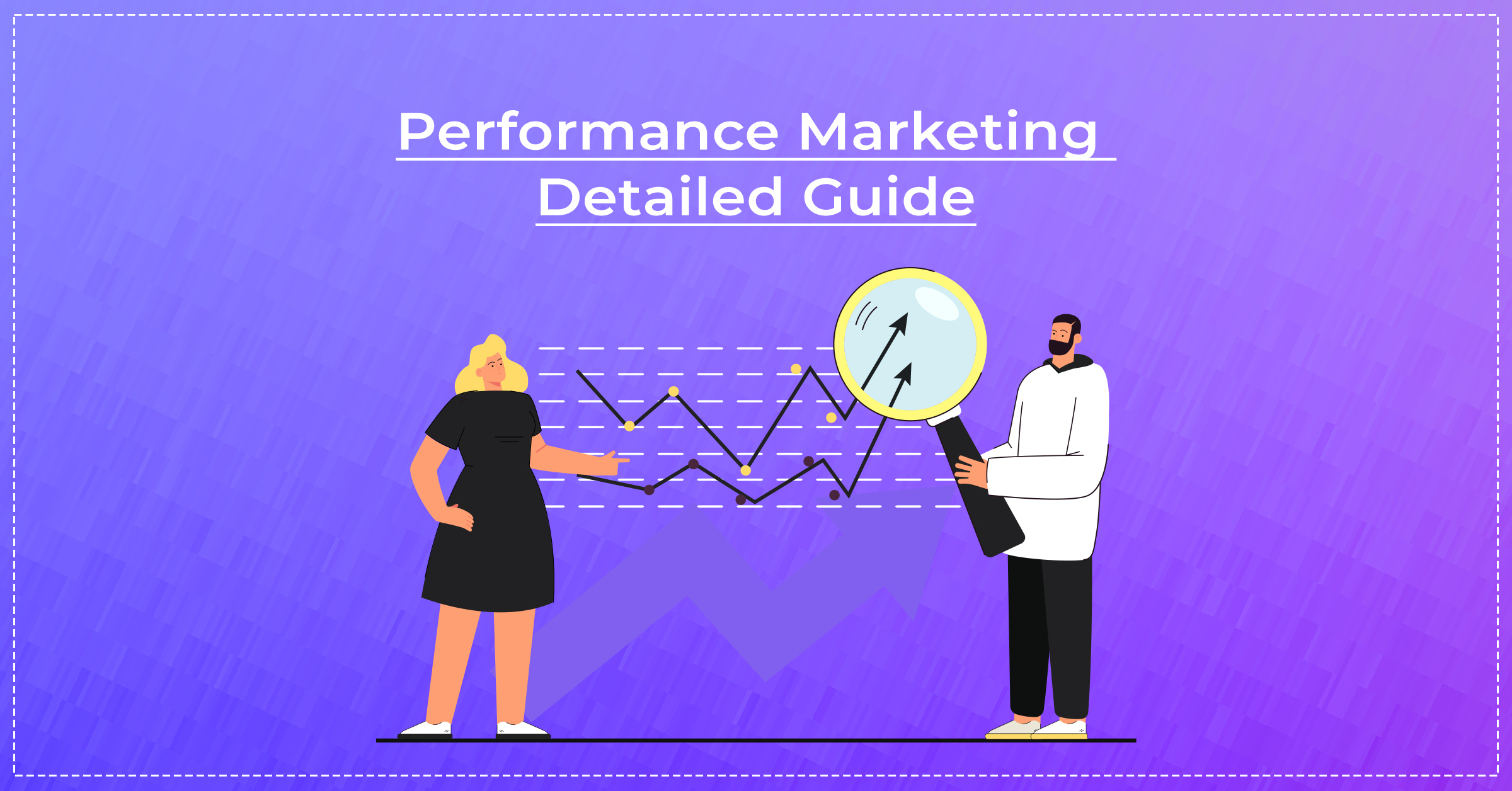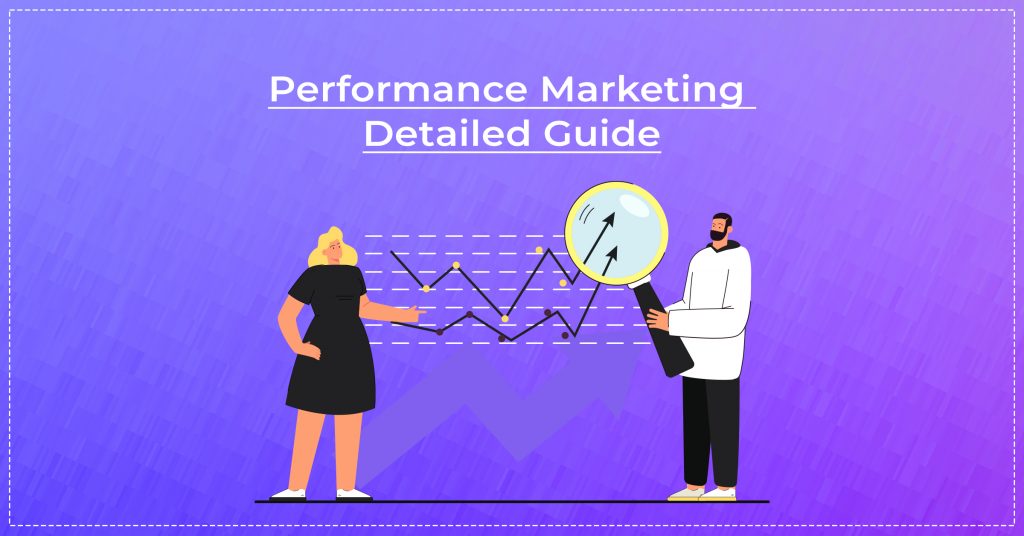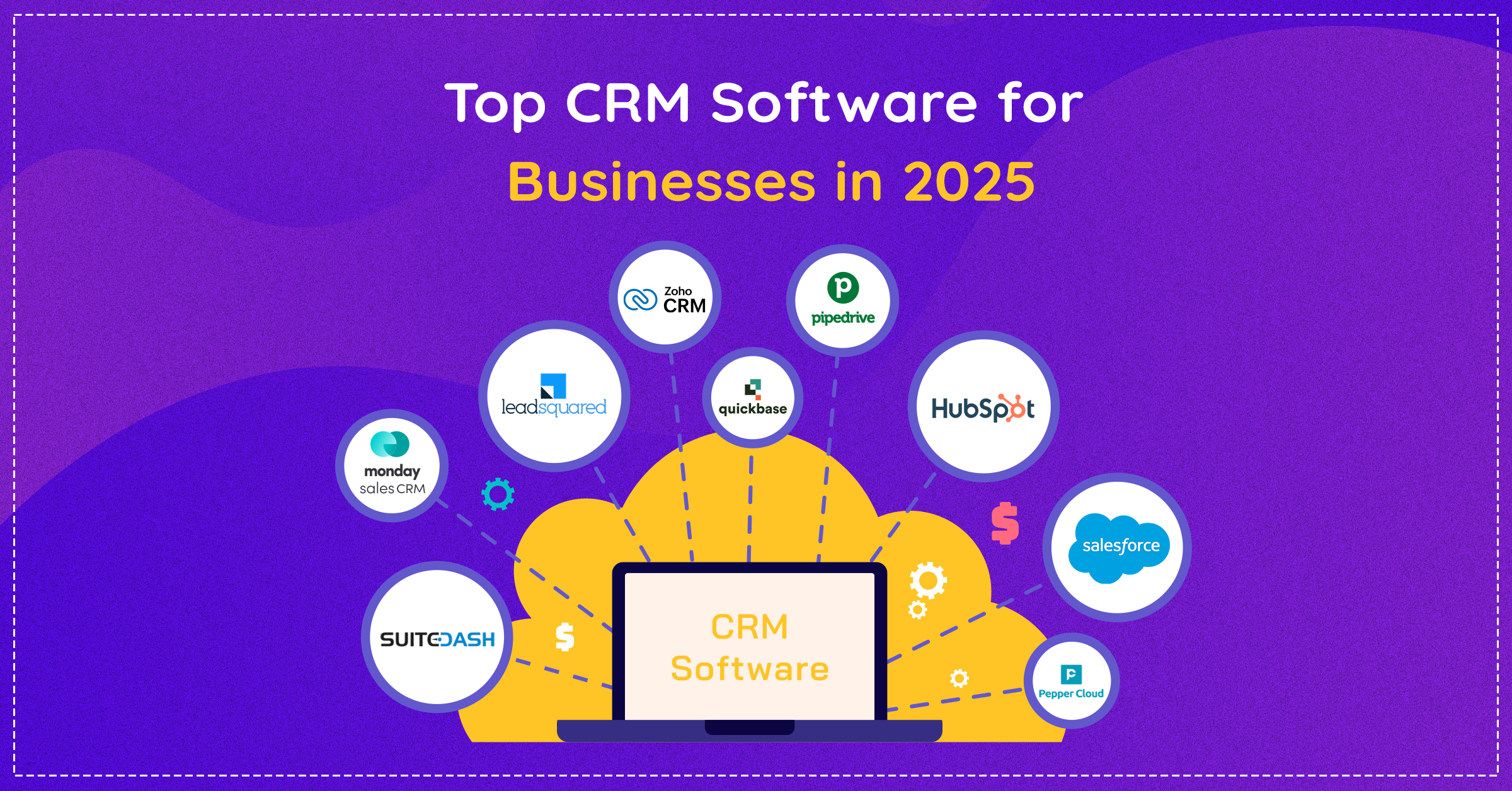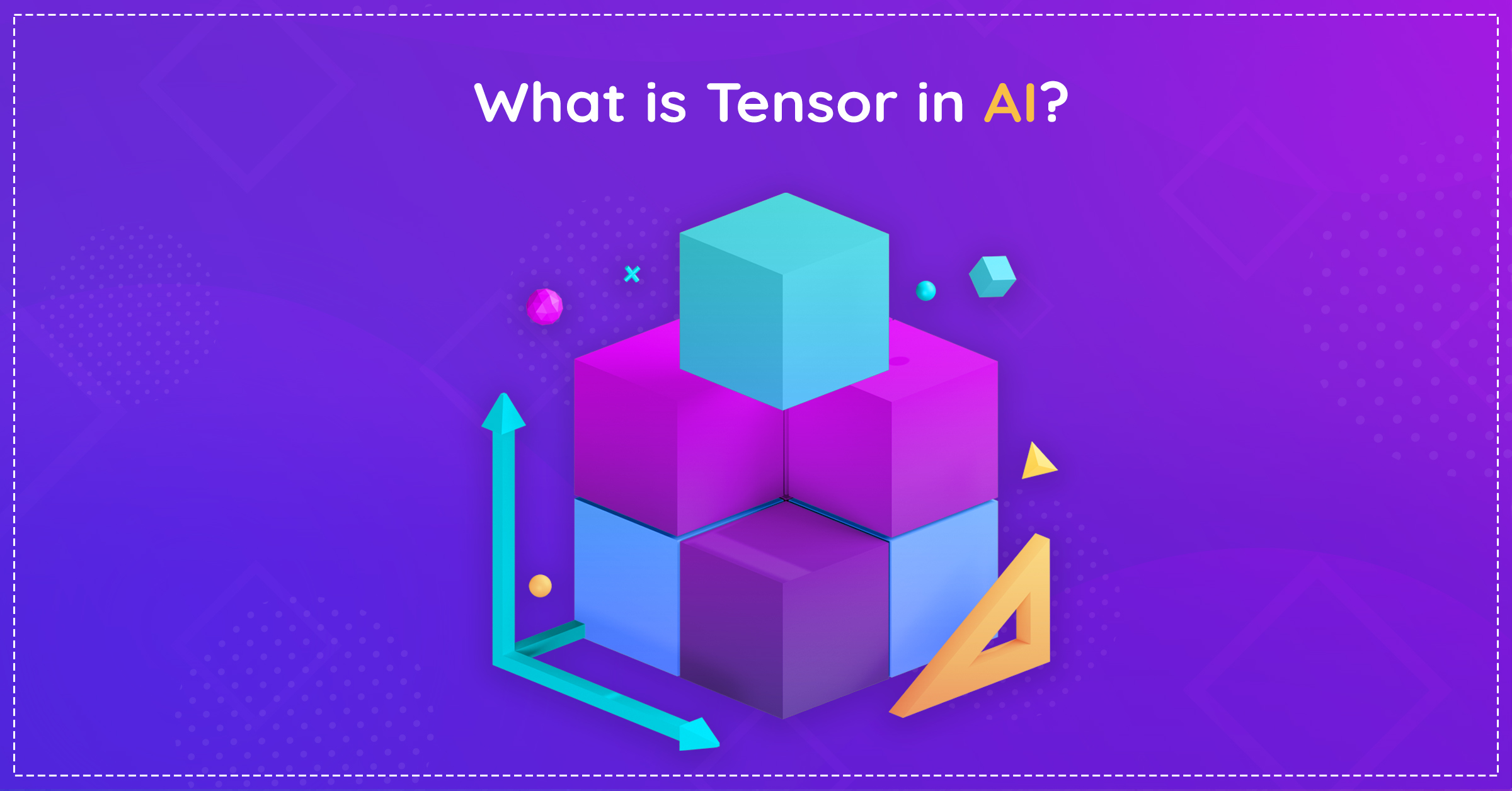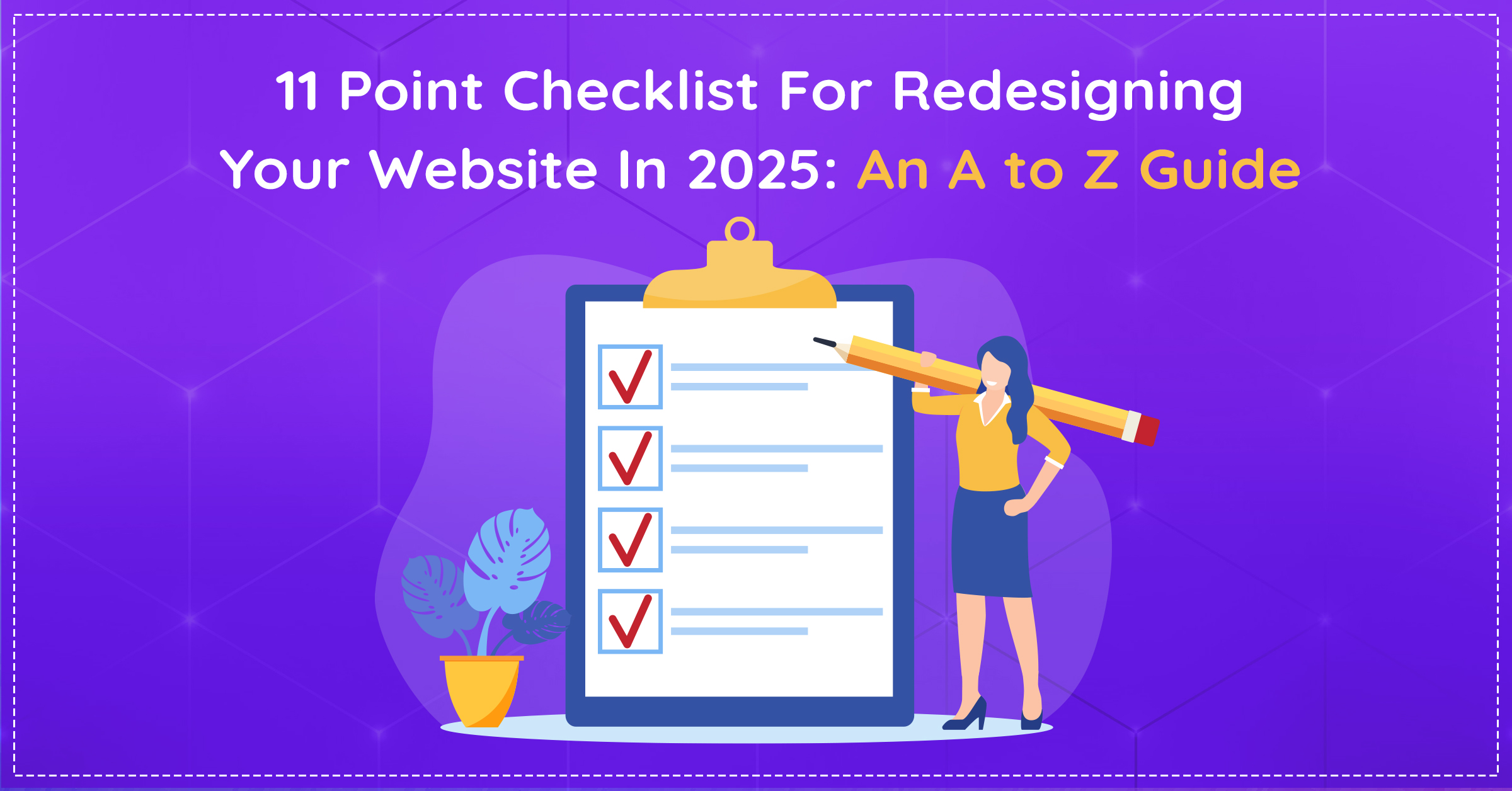In today’s digital age, understanding how to effectively use marketing spend to drive measurable outcomes is crucial. This guide delves into performance marketing, a strategy that ensures every dollar you invest works toward specific and quantifiable results.
What Is Performance Marketing?
Performance marketing is a comprehensive approach where advertisers pay only when a specific action—such as a click, sale, or lead—is completed, making it a cost-effective method. This model is driven by results, ensuring that marketing efforts align directly with business outcomes.
It involves a range of channels, including affiliate marketing, paid advertising, native advertising, and search engine marketing. The key advantage of performance marketing is its focus on measurable success, which offers businesses clear insights into the return on investment (ROI) of their campaigns.
Saurabh Mishra (the blog’s author) and his team at Eiosys conducted thorough research to examine the performance marketing strategies of 20 clients from various sectors. They checked out how online marketing approaches influenced website visitors, sales, and overall company growth. In this post, he aims to help businesses get a grip on performance marketing and how it can boost returns while driving success.
Performance marketing is highly data-driven and result-oriented.
Benefits of Performance Marketing
1. Increased Brand Awareness
Increased brand awareness is the by-product of performance marketing. While this may not be the primary purpose of performance marketing, it invariably results in enhanced brand exposure. When a Google ad of your brand ranks in the top positions, the customer is more likely to remember your brand, leading to higher brand awareness and recall.
2. Trackable Performance
One of the core principles of performance marketing is its accountability. Every campaign can be measured precisely, from clicks to conversions, providing clear insights into what’s working and what isn’t. This level of transparency allows businesses to optimize their strategies in real time, saving time, money, and resources.
3. High Return on Investment
Performance marketing channels, including affiliate marketing, pay-per-click (PPC), and influencer marketing, are known for delivering a significant return on investment. Businesses often see a direct correlation between the money spent and the revenue generated.
4. Enhanced Targeting
Utilizing advanced targeting techniques, performance marketing ensures that promotional efforts reach the most relevant audience. You can target users by interests, age group, demographics, job designation, location and much more. This is level of targeting leads to higher engagement rates, more conversions, and ultimately, more effective campaigns.
5. Flexibility & Scalability
Companies can scale their efforts up or down based on performance data and market conditions. This flexibility is crucial for adapting to market trends and customer behaviors quickly.
By integrating these benefits into your strategy, performance marketing not only fosters direct growth through conversions but also builds a foundation for sustained business success.
How Is Performance Marketing Measured?
There are a bunch of ways of measuring performance marketing which are noted below.
1. Cost Per Click (CPC)
In CPC, an advertiser pays only for the number of times their advertisement gets clicked on by someone. Such a strategy is best for driving more traffic to your site.
2. Cost Per Impression (CPI)
In case your objective is to increase brand awareness, adopting this could be beneficial. In CPI, an advertiser pays every time the ad is visible to an audience. For instance, if it was displayed on the screens of 10,000 people, you would have to pay a base rate of 10 times.
3. Cost Per Sales (CPS)
This is predominantly used in affiliate marketing. For instance, you might have seen YouTubers and Instagram Influencers offering a promo code or link for certain products and services. Every time someone uses that link or code to make a purchase, the advertisers pay the affiliate partner some predetermined amount.
4. Cost Per Leads (CPL)
In this form, an advertiser has to pay every time they get some leads as signups for newsletters or webinars, email lists, and so forth.
5. Cost Per Acquisition (CPA)
CPA is pretty much like CPS however, unlike the latter’s focus on sales, its focus is more on a specific action which could either be as simple as visiting your blog, sharing contact information or making a purchase.
There are a bunch of ways of measuring performance marketing which are noted below.
1. Cost Per Click (CPC)
In CPC, an advertiser pays only for the number of times their advertisement gets clicked on by someone. Such a strategy is best for driving more traffic to your site.
2. Cost Per Impression (CPI)
In case your objective is to increase brand awareness, adopting this could be beneficial. In CPI, an advertiser pays every time the ad is visible to an audience. For instance, if it was displayed on the screens of 10,000 people, you would have to pay a base rate of 10 times.
3. Cost Per Sales (CPS)
This is predominantly used in affiliate marketing. For instance, you might have seen YouTubers and Instagram Influencers offering a promo code or link for certain products and services. Every time someone uses that link or code to make a purchase, the advertisers pay the affiliate partner some predetermined amount.
4. Cost Per Leads (CPL)
In this form, an advertiser has to pay every time they get some leads as signups for newsletters or webinars, email lists, and so forth.
5. Cost Per Acquisition (CPA)
CPA is pretty much like CPS however, unlike the latter’s focus on sales, its focus is more on a specific action which could either be as simple as visiting your blog, sharing contact information or making a purchase.
Types of Performance Marketing
Performance marketing is not just about running ads. It encompasses various channels and strategies, each suited to different marketing goals and audience.
1. Affiliate Marketing
In affiliate marketing, a brand collaborates with an affiliate who can be another business owner, social media content creator, author, speaker, academician, etc to promote their products and services. Affiliates earn a commission for each sale or lead they generate. This model is highly popular due to its effectiveness in expanding reach and generating sales.
2. Pay Per Click Advertising
PPC is a model where marketers pay a fee each time one of their ads is clicked. It’s a way of buying visits to your site, rather than attempting to “earn” those visits organically. Google Ads and Facebook Ads are prime examples of PPC platforms.
3. Display Ads
In a performance marketing, display ads are often paid for on a cost-per-click (CPC) or cost-per-impression (CPM) basis. You would have come across many such display ads when you use apps on your mobile. These ads are typically run of third party audience network.
4. Email Marketing
Emails can also be performance-based, with payment tied to actions like clicks or purchases from email promotions. Read our comprehensive guide on the 15+ Best Email Marketing Tools: A Complete Guide
5. Native Advertising
These are ads that blend in with the content of the platform where they appear. For example, sponsored posts on news websites that look like regular articles. Marketers pay based on engagement with these ads.
6. Social Media Marketing
Many social media marketing campaigns fall under the performance marketing umbrella when they are optimized for actions like conversions or lead generation.
7. Influencer Marketing
When an influencer promotes your product or service, the payment to them is often tied to engagement or sales they drive.
How Does Performance Marketing Work?
1. Define Performance Goals
Having a fair idea of what you want to achieve through your ad campaign is essential. Whether it’s awareness, purchases, leads, etc. establishing goals upfronts can ensure that the whole campaign strategy is smooth.
2. Identify the Target Audience
Understand who your potential customers are. Factors like geographic location, demographics, interests, and online behavior are crucial in crafting a campaign that resonates and engages effectively.
3. Select the Advertising Channel
Choose a platform that aligns with where your target audience spends their time. While Google and Facebook are the top paid advertising platforms, there are also other platforms for advertising like Linkedin, Quora and Youtube. If you’re selling products on marketplaces, you can also run ads on Amazon, Flipkart, etc.
4. Create Ad Content
Develop compelling ad content that speaks to the target audience. You can do competitor analysis using tools like Adbeat, Moat, SimilarWeb and Facebook Ads Library.
5. Set Bid & Budget
Determine the cost-per-action you’re willing to pay and set an overall budget for the campaign.
6. Launch the Ad Campaign
Once everything is set, launch the ads on the chosen platforms.
7. Track Performance
Monitor the campaign’s effectiveness in real-time by analyzing metrics like impressions, clicks, signups, purchases, clickthrough rates and overall ROI. This data is crucial for understanding impact and areas for improvement.
8. Optimize the Campaign
Adjust strategies based on performance data. Focus more on high-performing channels and refine or pause underperforming aspects.
These are the steps to run ads on various platforms. However, if you’re a beginner, setting up Google may take time. The next section is a brief guide on how to set up Google ads.
How to Set Up Ads on Google & Facebook?
- Set up Your Google Ad account and click of Switch to Expert mode
- Depending on your goals, you can select your campaign type – Search, Display, Video, Shopping, Local, Performance Max, etc.
- Select the campaign network and set up the campaign
- Set your ad schedule
- Calculate your daily budget
- Choose your bid strategy – manual or automatic
- Based on your keyword research, set up the keywords to be targetted
- Write the ad copy or upload creatives if running a display ad
- If needed, add the add-on extensions.
Key Performance Marketing Trends 2024
1. User Generated Content
User-generated content (UGC) enhances trust and engagement for direct-to-consumer (D2C) brands by featuring real customer experiences in ads. The idea is to make the product more relatable in the minds of customers.
Also, check out our blog: Detailed Guide on D2C Business Models
2. Vernacular Ads
Creating ads in vernacular language improves ad relevance, enhances user engagement, and drives higher conversions by catering to the linguistic preferences of specific demographic groups.
3. Shopping Ads on Google
Shopping ads are dominating the search results on Google, especially for product searches. These ads feature product title, image and brand name. These ads have higher clickthrough rates if the image is clean and attractive.
4. Authentic Influencer Partnerships
Companies are forming longer-term relationships with influencers who align with their brand, favoring genuine engagement over one-time promotions.
Conclusion
Don’t let performance marketing’s potential for your business slip away. This powerful approach makes sure every marketing dollar you spend works to achieve real measurable outcomes. By using effective tactics, you can boost growth and get more bang for your buck.
At Eiosys, we offer high-quality digital marketing services in Mumbai, including SEO, Social Media Management, and performance marketing. We’re here to help you find new chances to grow and take your business to new heights.
1. User Generated Content
User-generated content (UGC) enhances trust and engagement for direct-to-consumer (D2C) brands by featuring real customer experiences in ads. The idea is to make the product more relatable in the minds of customers.
2. Vernacular Ads
Creating ads in vernacular language improves ad relevance, enhances user engagement, and drives higher conversions by catering to the linguistic preferences of specific demographic groups.
3. Shopping Ads on Google
Shopping ads are dominating the search results on Google, especially for product searches. These ads feature product title, image and brand name. These ads have higher clickthrough rates if the image is clean and attractive.
4. Authentic Influencer Partnerships
Companies are forming longer-term relationships with influencers who align with their brand, favoring genuine engagement over one-time promotions.
Conclusion
Don’t let performance marketing’s potential for your business slip away. This powerful approach makes sure every marketing dollar you spend works to achieve real measurable outcomes. By using effective tactics, you can boost growth and get more bang for your buck.
At Eiosys, we offer high-quality digital marketing services in Mumbai, including SEO, Social Media Management, and performance marketing. We’re here to help you find new chances to grow and take your business to new heights.


